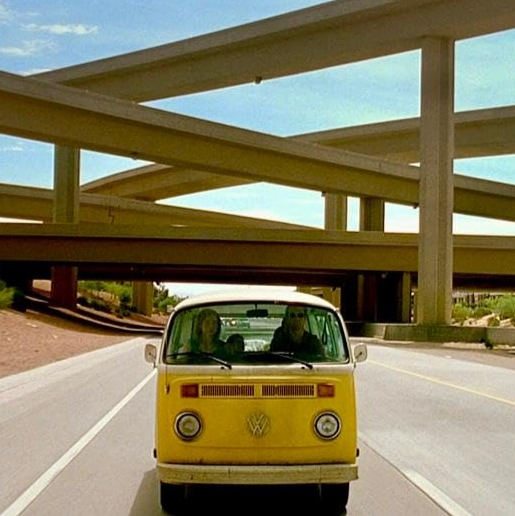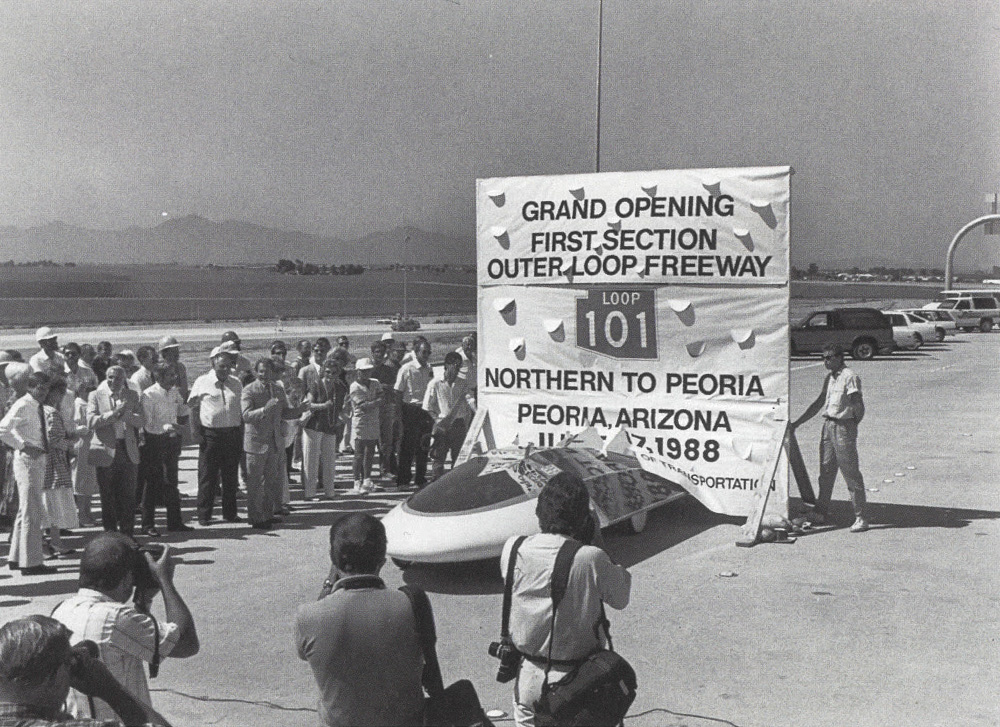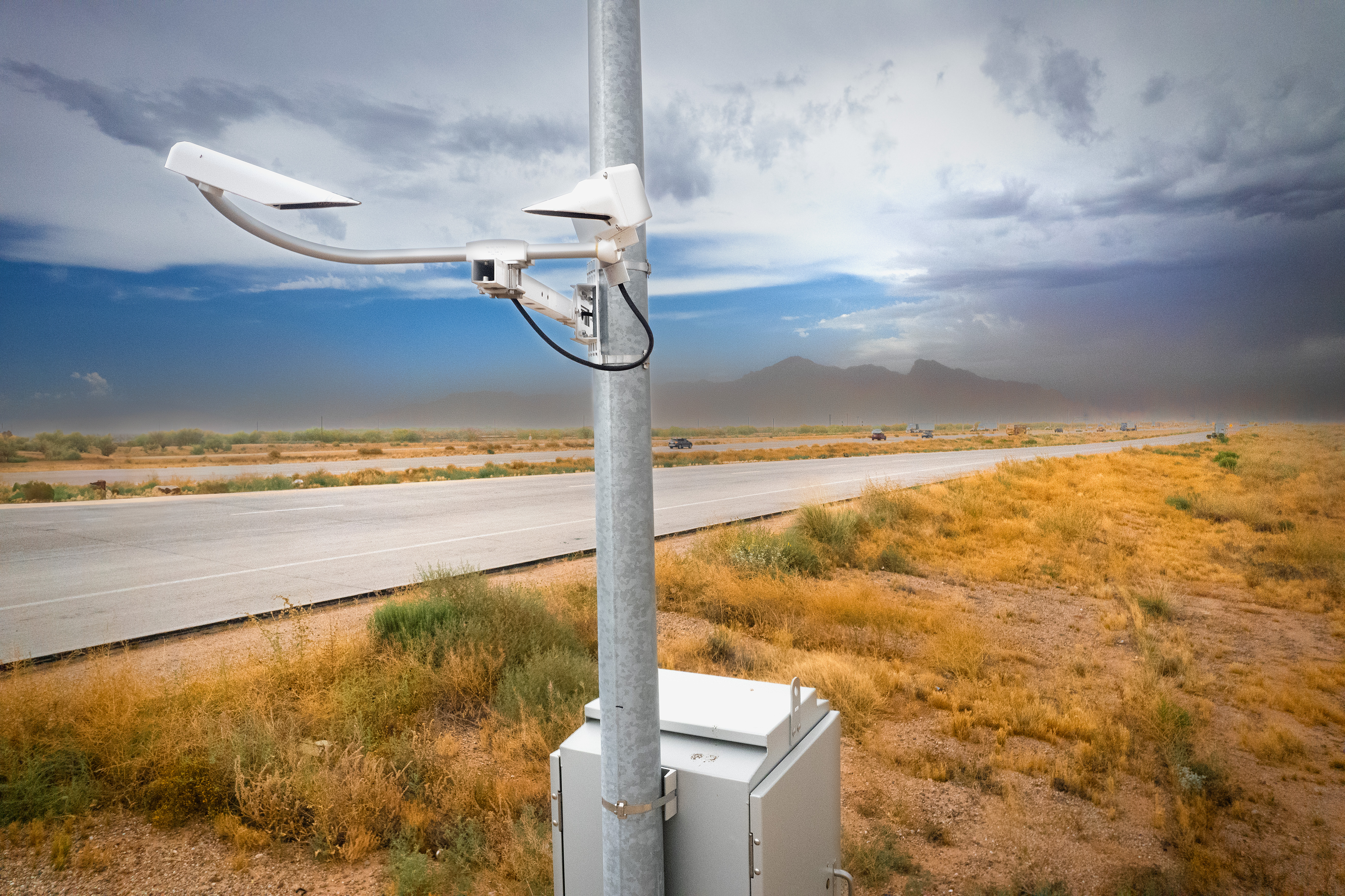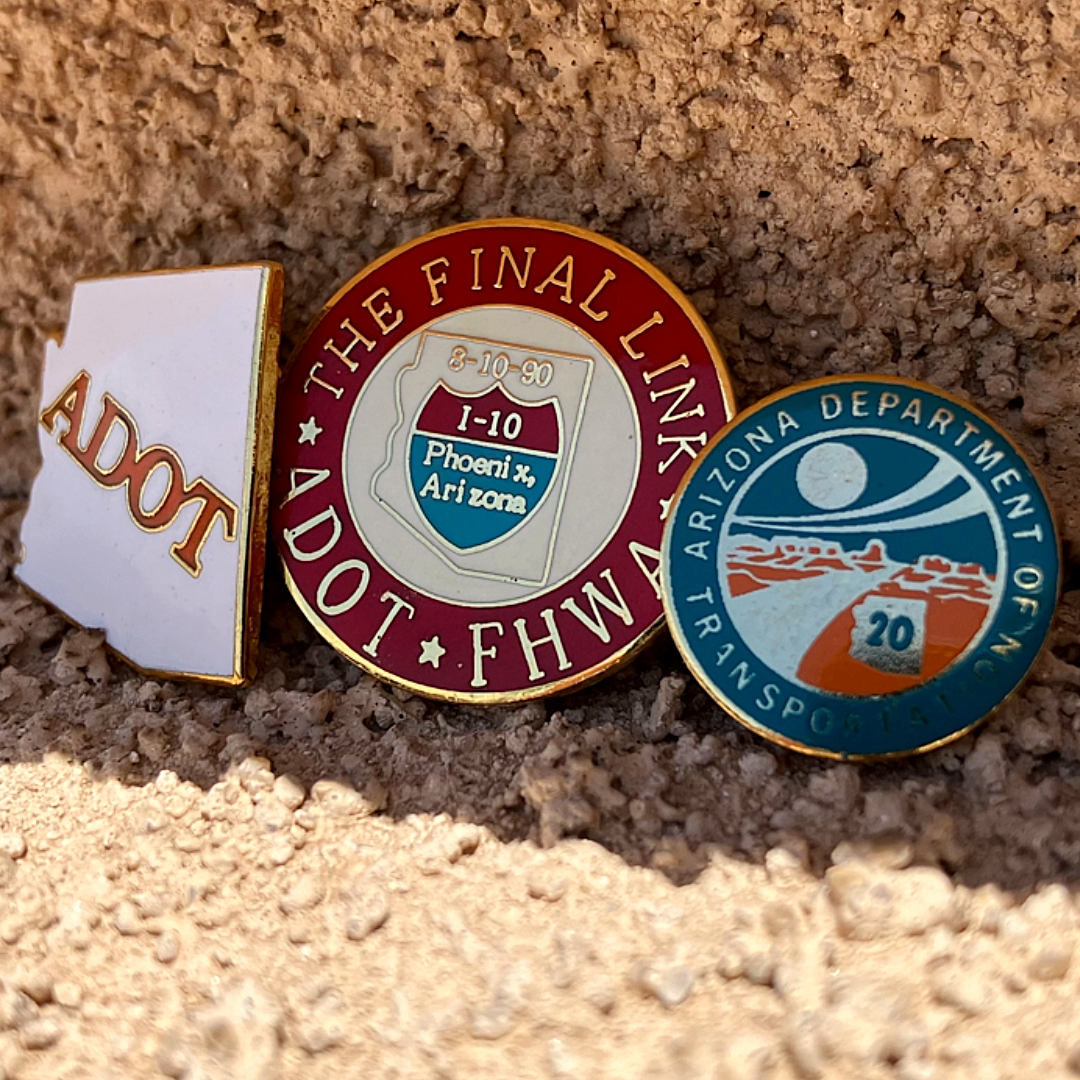Contacting ADOT Fraud Hotline solves customer’s title problem
Contacting ADOT Fraud Hotline solves customer’s title problem
Contacting ADOT Fraud Hotline solves customer’s title problem
Contacting ADOT Fraud Hotline solves customer’s title problem
ADOT detectives trained to investigate vehicle and driver license fraud
PHOENIX – Contacting ADOT’s Fraud Hotline helped a customer register a recently purchased vehicle and drive it legally in Arizona after several months of working with the dealership to receive the title.
ADOT received the complaint on Oct. 29, about the purchase of a vehicle in February 2024 through a used car dealership in the Valley. The complaint alleged the dealership was unable to provide a title, and the only option provided by the dealer was for the customer to obtain a bonded title for the vehicle.
After the constituent contacted the ADOT Fraud Hotline, detectives with ADOT’s Office of Inspector General looked into the complaint and found the dealership unlawfully advertised and sold the vehicle without having possession of the title according to state law. Dealers who violate state law and MVD licensing guidelines are subject to enforcement actions which may include the issuance of cease and desist orders, criminal citations and the cancellation of dealer licenses.
Detectives were then able to get a special lien release affidavit completed for the vehicle after verifying previous transaction information indicating the vehicle was traded to the dealer with an out-of-state title and a documented lienholder attached for a company that was no longer in business. On Dec. 9, detectives provided MVD with findings of their investigation, and an Arizona title was issued for the vehicle. They also issued a cease and desist warning to the dealership and required them to take corrective action so they do not violate state law again.
“It is a wonderful feeling to not only address the violation and potentially prevent similar infractions, but to also help a constituent resolve their title issue and get them safely back on the road,” said Lieutenant Jason Henderson with ADOT’s Office of Inspector General. “We encourage anyone who suspects fraudulent activity against their driver license or ID card, vehicle registration or title to report it immediately.”
ADOT’s 24-hour Fraud Hotline is available to those who suspect fraud or criminal activity involving driver licenses, title and registration. Please call 877.712.2370, email [email protected] or file a report at azdot.gov/incident-report.
Detectives with ADOT’s Office of Inspector General, which is part of the Enforcement and Compliance Division, also investigate fraud involving driver licenses, VIN inspections, as well as licensed and unlicensed vehicle dealerships. They also support investigations by state, local and federal law enforcement.




